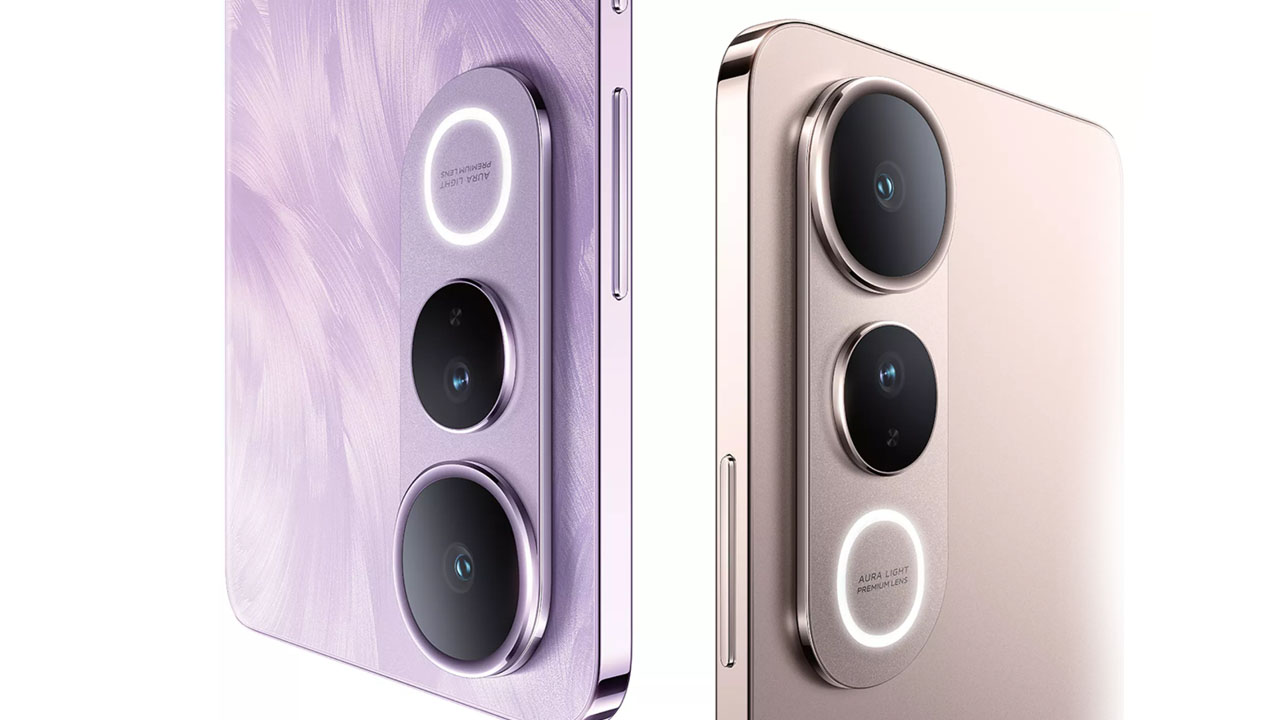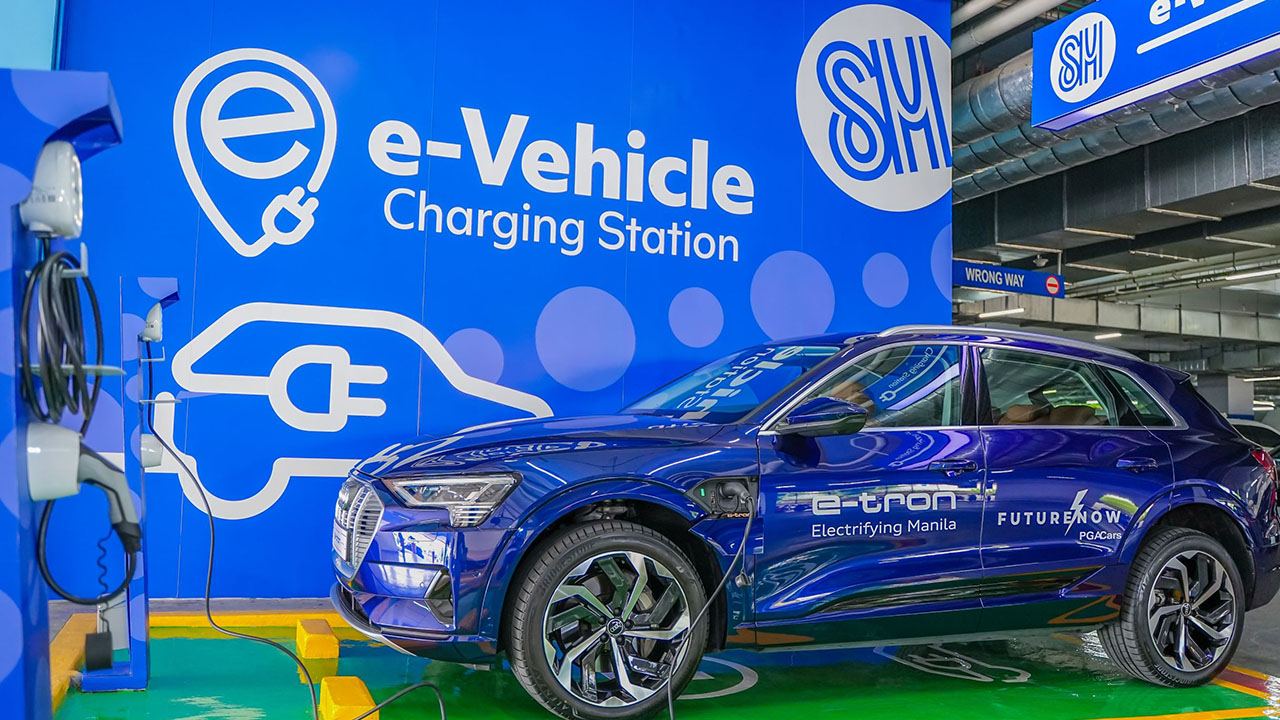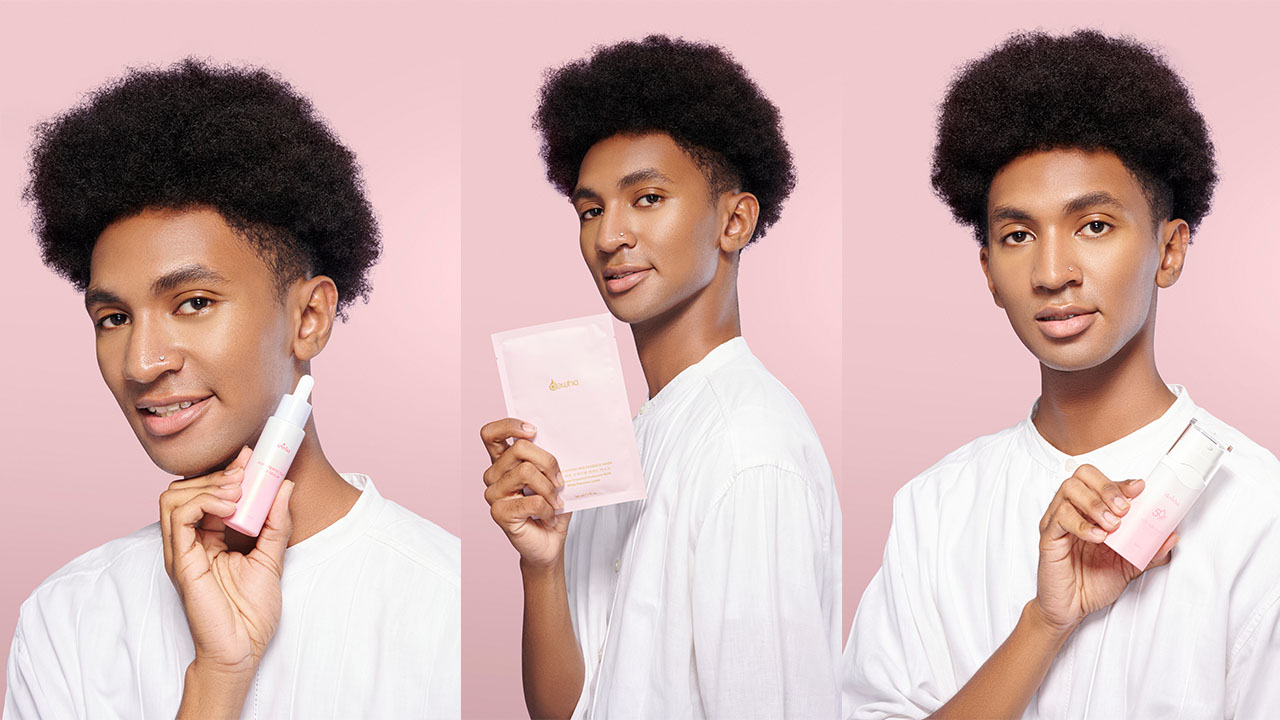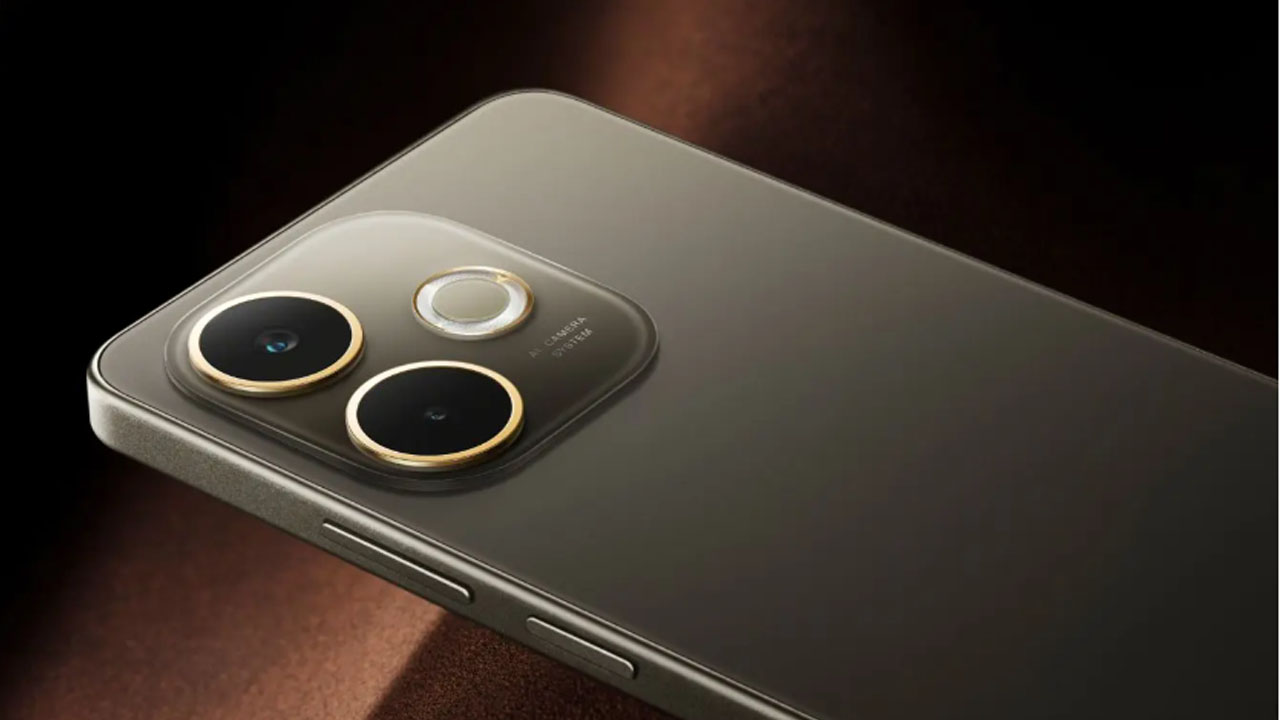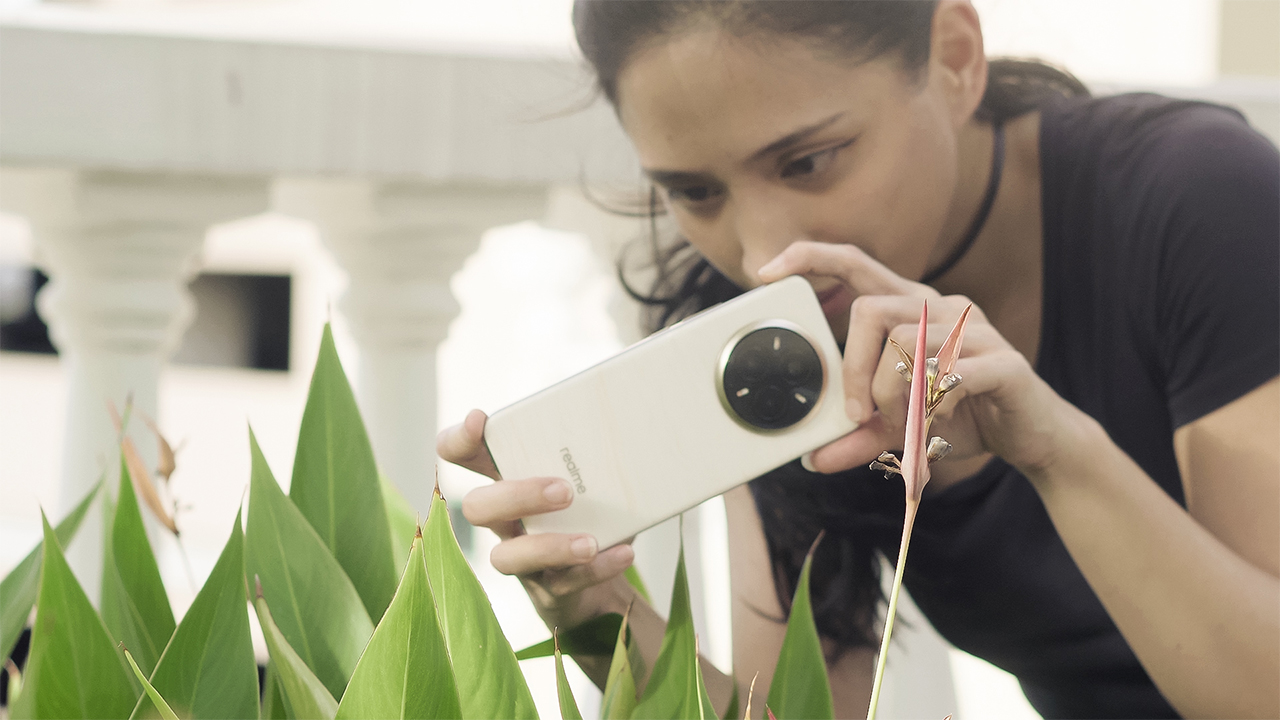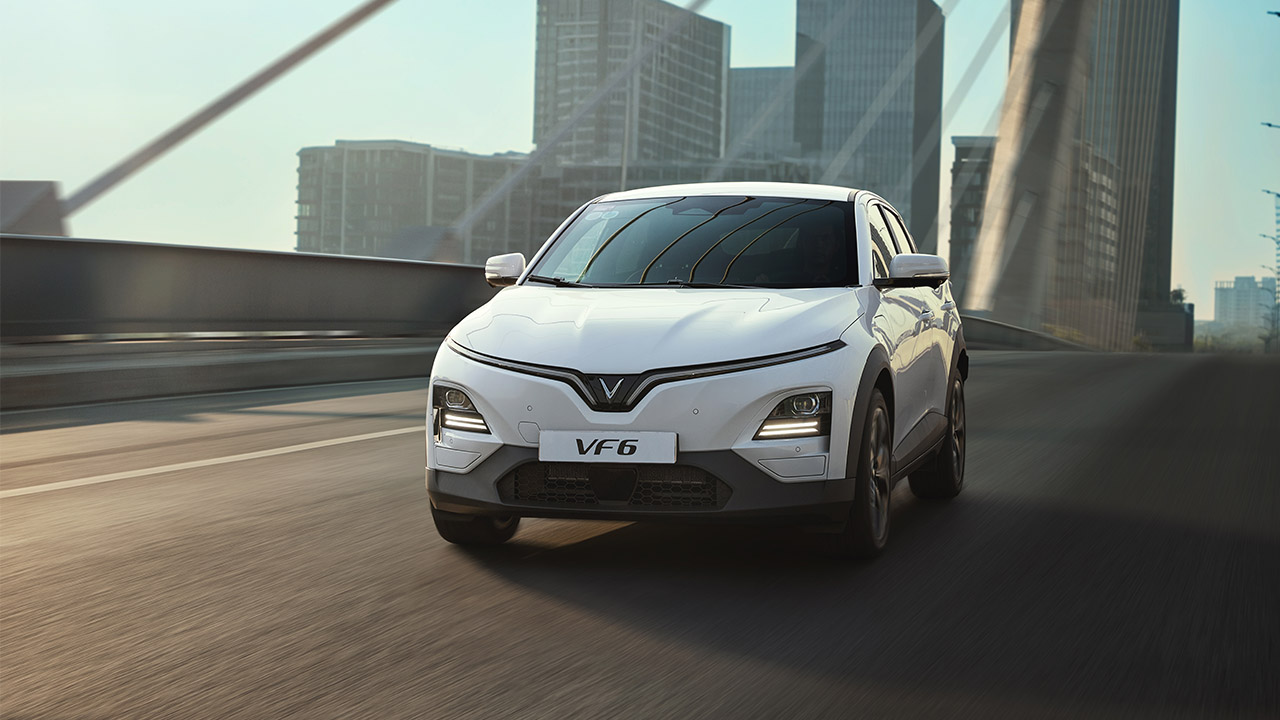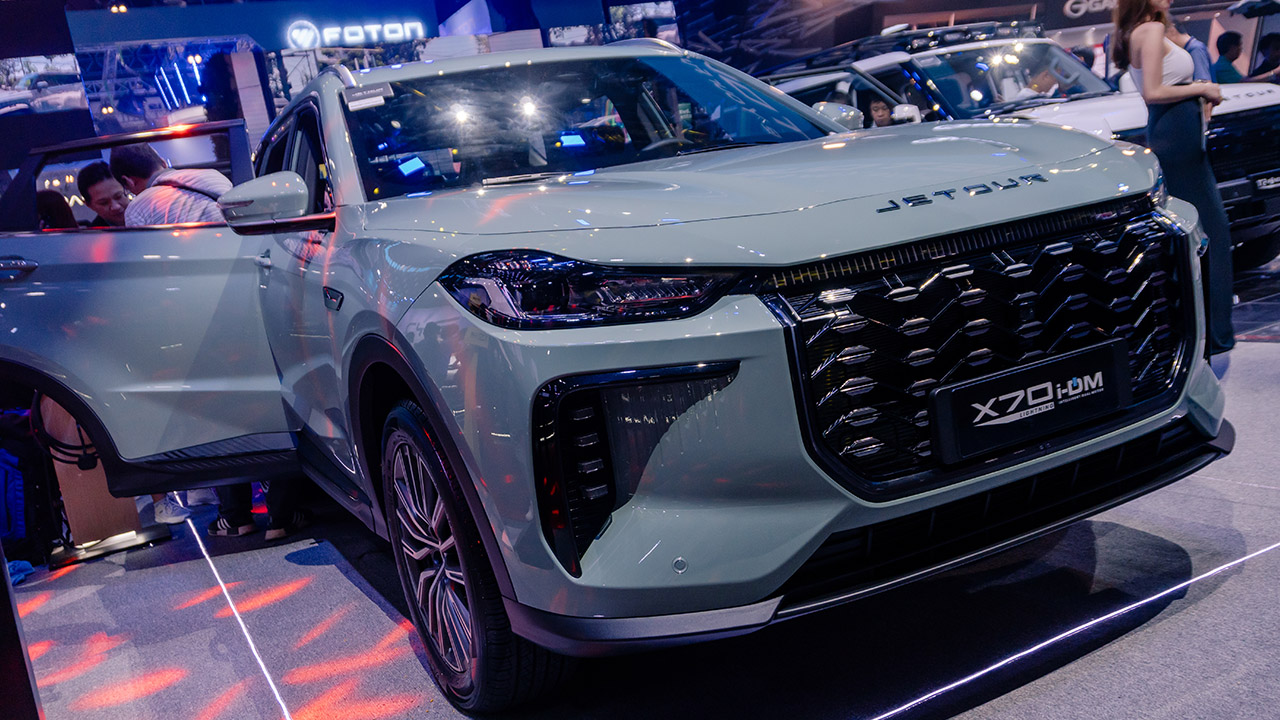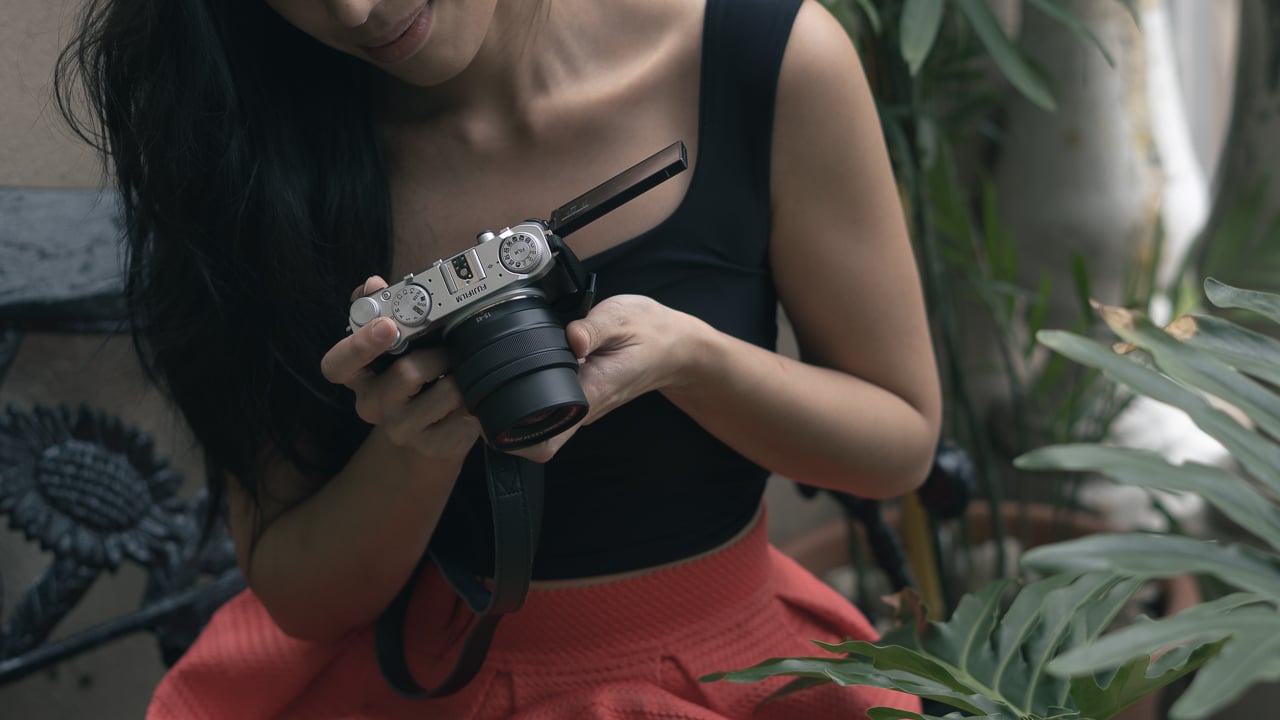
The caveat? That experience comes at a hefty price. Way back when, Fujifilm had a handful of entry-level cameras but it’s been quite a number of years since it’s released something relatively affordable. Come 2024, we now have the X-M5.
Unboxing
The Fujifilm X-M5 comes body-only, but bundle options are available if you want to add the kit lens.
Inside the box, you’ll find the camera, a neck strap, and a rechargeable battery. Fujifilm also throws in a free trial of Capture One, which, in my opinion, is the superior editing software for processing Fujifilm’s RAW files.
First impressions
It’s so tiny. I’m sure this is what everyone is talking about. But really. It’s compact for a pretty powerful camera.
In fact, it’s the smallest and most affordable X-series camera. Even with its 15-45mm kit lens attached it still won’t take up too much space in your bag. Slap on something slimmer like a 27mm pancake lens, and you’ve got something even more pocketable.
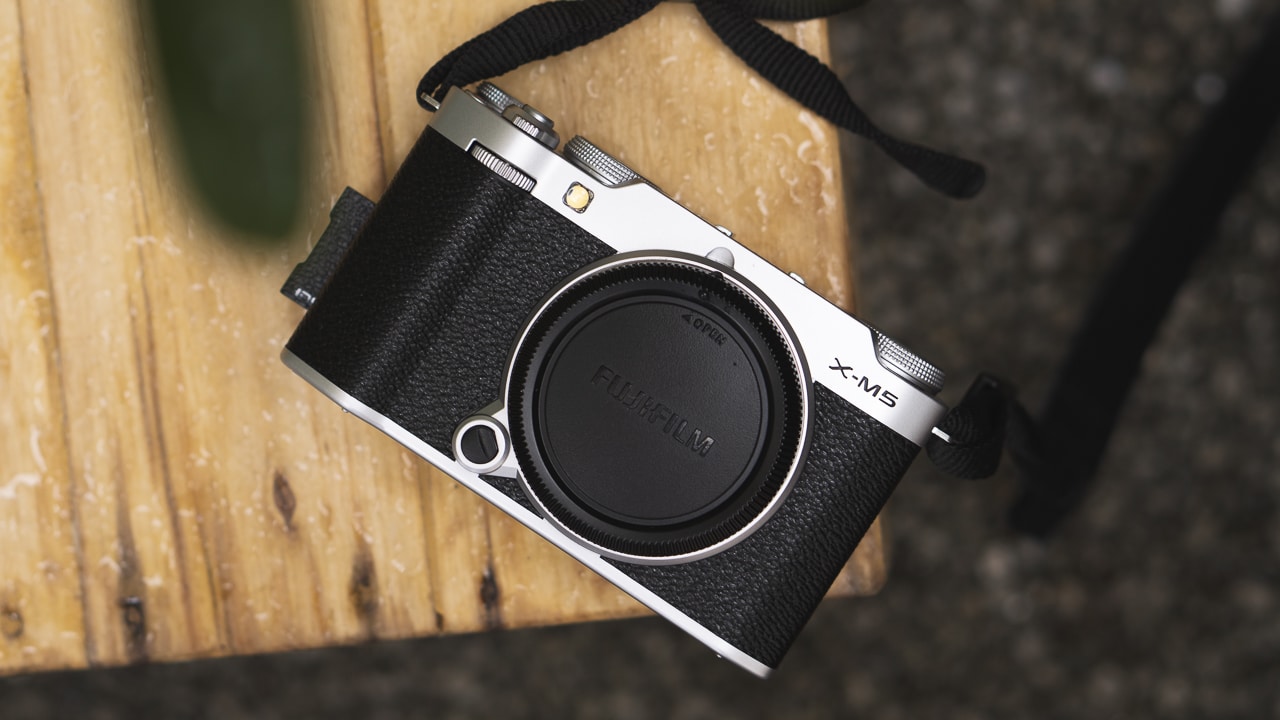
It has a bit of heft, which I actually prefer—it makes the camera feel more solid and less like a toy. All the essential ports are here: audio/headphone, HDMI, and USB-C
To the left, there’s the new film simulation dial, first introduced on the X-T50. While opinions on this feature are mixed, I find it helpful. My current workflow still involves shooting flat and color grading later, but this dial simplifies things — especially for quick social media posts.
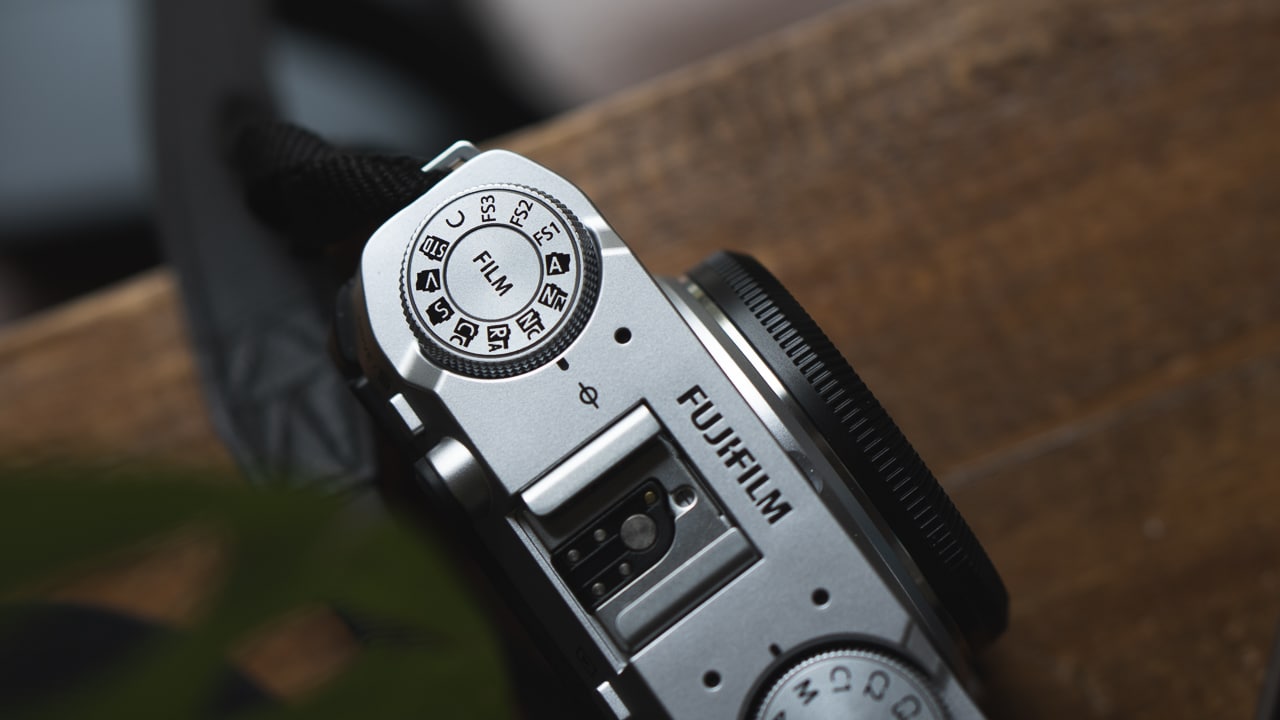
What we don’t have, however, is a viewfinder. Though I personally believe this might not be too big of an issue. Few shooters I know still rely on it (myself included), and the tilting screen more than makes up for it, offering convenience whether you’re a beginner or a pro. Considering this is geared towards casual users or those taking their first steps into photography, it makes some sense to remove the viewfinder as this probably brings the cost down.
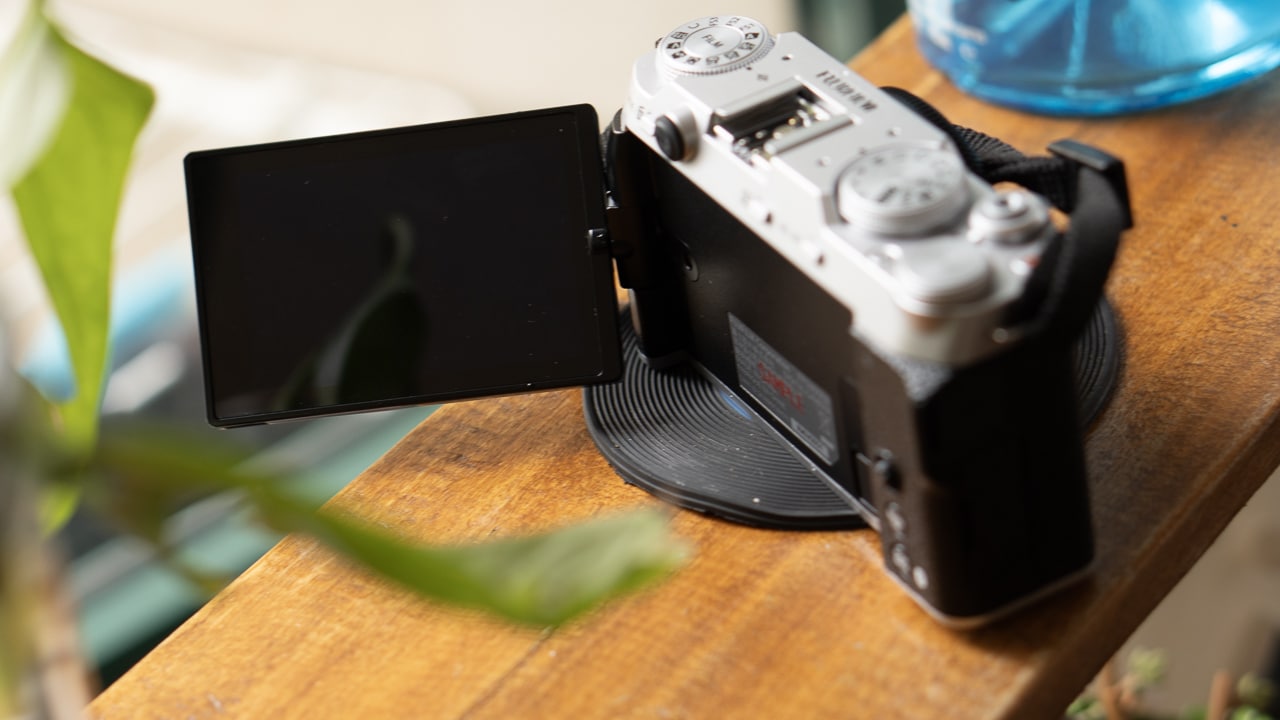
Now, Fujifilm positions the X-M5 as a camera for the “camera curious” which means it’s beginner-friendly and easy to use. As someone who’s been outside of the Fujifilm ecosystem for years, it really wasn’t a hard camera to learn.
On the photo side, that 26.1-megapixel X-Trans sensor is tried and tested with the internet-famous X100V. Paired with Fujifilm’s latest X-processor 5 and AI autofocus, the X-M5 is capable of really fast autofocus and can output photos with sharp details and low noise — even at higher ISO ranges.
Now if there’s one thing the X-M5 wants you to do, it’s to give up your phone for shooting and opt for the camera instead. So unlike other Fujifilm cameras that usually prioritize either photo or video, the X-M5 is seemingly a fit for both.
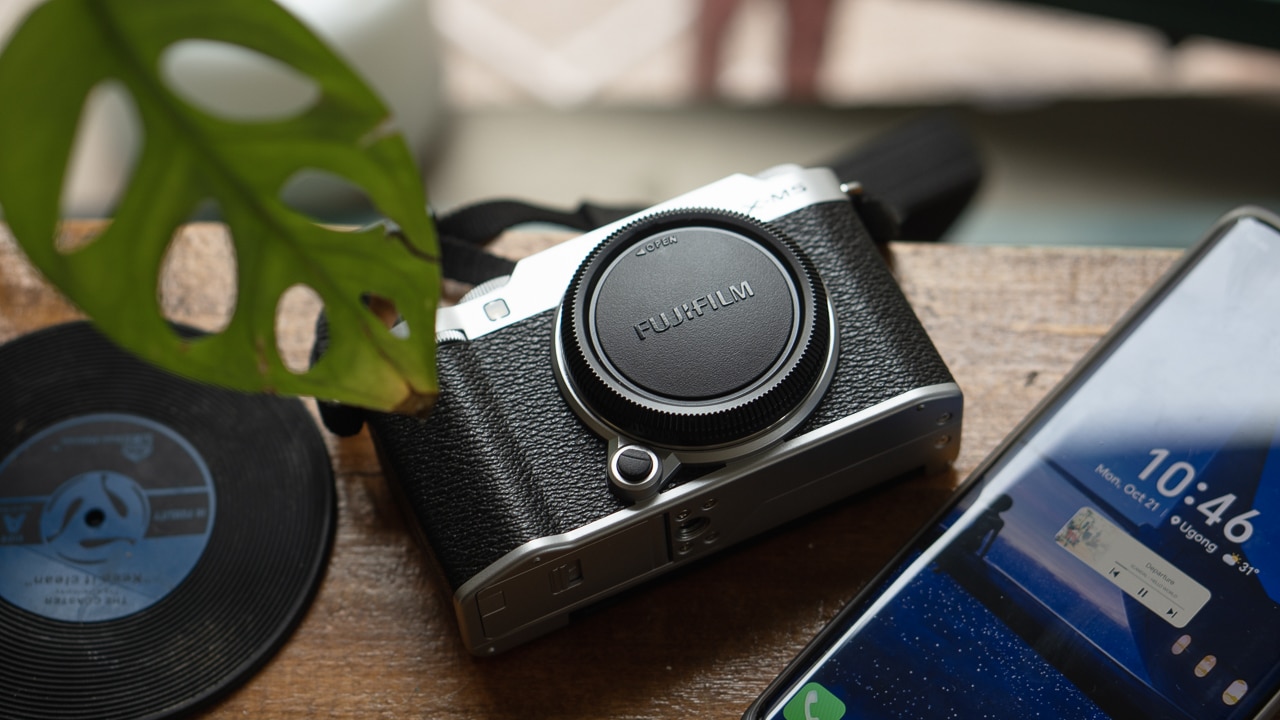
It’s even got a dedicated vlog mode where the important settings are all available to adjust using just the touch screen. And being a camera released in 2024, we of course have a vertical shooting mode on the Fujifilm X-M5. It even offers pre-set recording times ala Instagram/TikTok with 15s, 30s, and 60s as shooting options.
One of the more interesting things about the X-M5 is its ability to shoot 6.2k open gate. This means that the camera utilizes the whole sensor to provide the maximum resolution. I’ve yet to explore this in full so that’s something to look forward to for our full review.
One other thing to note is that this camera does not have in-body stabilization. What it does have is digital and electronic stabilization which is also something I’ll be testing at another time.
Sample photos
I haven’t had much quality time yet with the X-M5 but I was able to snap a few photos. These photos were taken with different film sims and recipes. I did feel the speed of the AI autofocusing but won’t conclude to anything just yet as my subjects weren’t really fast-moving.
I am pretty pleased with the quality of the photos though shooting with the kit lens was a bit underwhelming. It provided good depth of field and background compression when zoomed all the way in but there’s nothing to get too excited about with this lens. I might be a little spoiled since I’m used to shooting with better glass so I’ll, again, spend more time with it and save my final thoughts for later.
I would probably do what I did when I bought my Sony A6400 years ago: forget the kit lens, and spring a little more for better glass. Maybe a prime. Most likely a prime.
Final thoughts
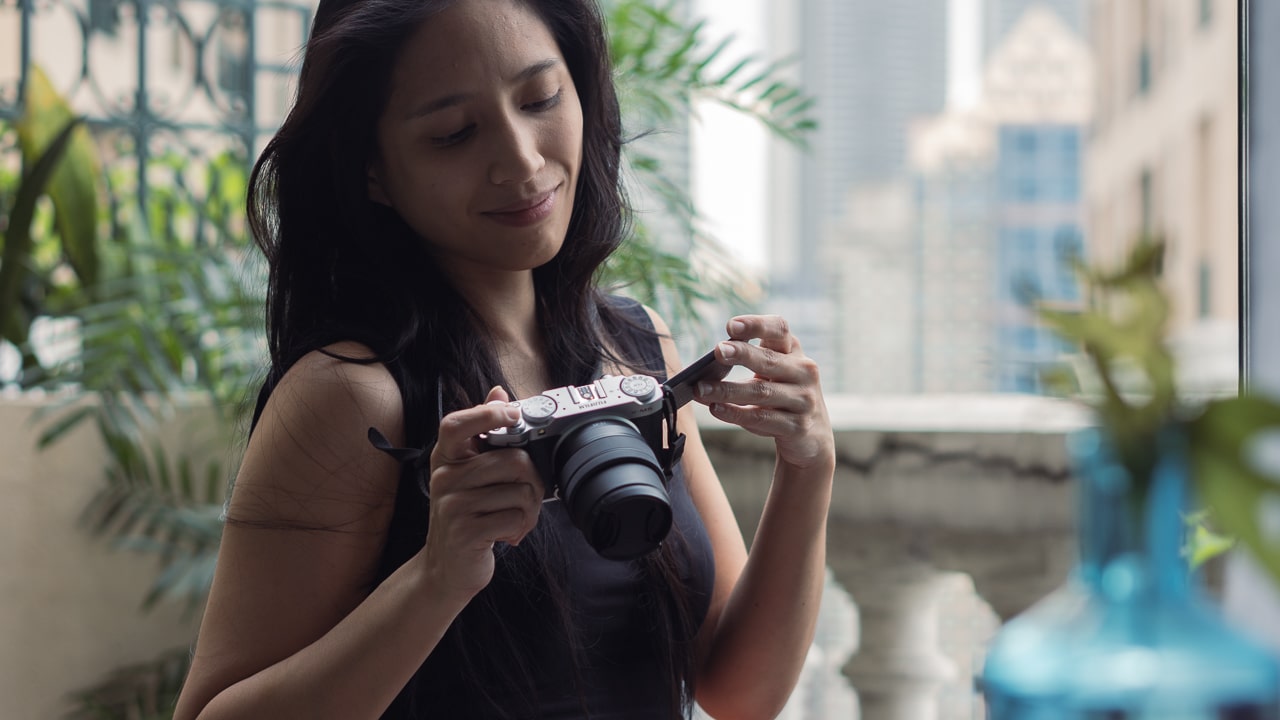
If a beginner camera is what you’re after, and you’ve been on the internet long enough to want a Fujifilm of your own, the X-M5 is your chance. It’s affordable, easy to understand, and hopefully easier to get your hands on.









